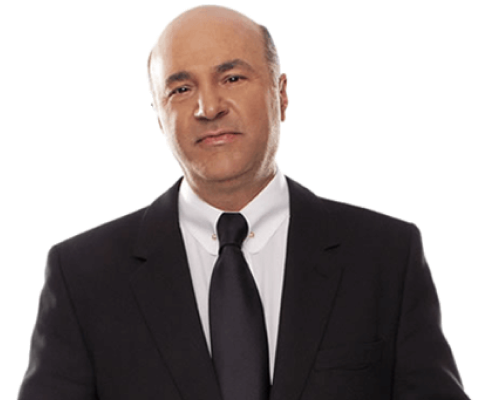Trademark laws of most jurisdictions, including the U.S. and Canada, offer the trademark cancellation process to allow interested parties to remove unused trademarks from the register before they are due to formally expire. Such unused trademarks are often called "dead wood."
There are two main ways trademark cancellation proceedings are used: as a shield and as a sword. Let's start with using cancellation proceedings as a sword. This happens when our clients want to register a trademark, but the trademark office cites an existing trademark that is too similar. To overcome this, we can cancel the conflicting trademark, making it inactive so it no longer poses a threat.
For example, when Trademark Factory® filed its trademark in 2013, we faced an office action due to a prior trademark for Patent Factory. Although we didn't think they were too similar, the Trademarks Office did. The Patent Factory trademark was registered by a sole practitioner who had passed away, so naturally, he wasn't using the trademark.
Normally, a trademark needs to not have been used for three consecutive years before you can cancel it. Or, as was in our case, you need to prove that the registrant is not using it now and has no imminent plans to restart use any time soon.
By filing a cancellation petition, we successfully canceled the Patent Factory trademark, allowing us to register the Trademark Factory® trademark.
On the other hand, you may be involved in using trademark cancellation proceedings as a shield if someone challenges your trademark, claiming you haven’t used your brand for three consecutive years. In this case, you will need to provide solid evidence showing that your trademark is actively used for your products or services. This must be done correctly to avoid losing your trademark rights. We've seen instances where a trademark owner lost their trademark not because they weren't using it, but because they didn't know how to properly defend it. Our experienced attorneys ensure that if you are using your trademark, it stays protected and on the register.
What is included in our trademark cancellation proceedings service:
- Initial Assessment
- Reviewing the grounds for cancellation.
- Evaluating the strength of the case and advising on potential outcomes.
- Petition for Cancellation
- Drafting and filing the Petition for Cancellation with the USPTO (or the Trademarks Office of the relevant jurisdiction).
- Ensuring all required information and evidence are included.
- Response Management
- Handling responses from the opposing party.
- Filing necessary replies and motions.
- Discovery Process
- Gathering and exchanging evidence with the opposing party.
- Conducting depositions and interrogatories as needed.
- Settlement Negotiations
- Engaging in discussions with the opposing party to reach a potential settlement.
- Drafting and finalizing settlement agreements if applicable.
- Trial Preparation
- Preparing and submitting trial briefs.
- Organizing and presenting evidence at trial.
- Hearing Representation
- Representing you at USPTO hearings (or at the hearings with the Trademarks Office of the relevant jurisdiction).
- Arguing the case before the Trademark Trial and Appeal Board (TTAB).
- Post-Trial Actions
- Filing any necessary post-trial motions or appeals.
- Advising on enforcement of the TTAB’s decision.
- Ongoing Support
- Providing updates and strategic advice throughout the proceedings.
- Ensuring compliance with all procedural requirements.












